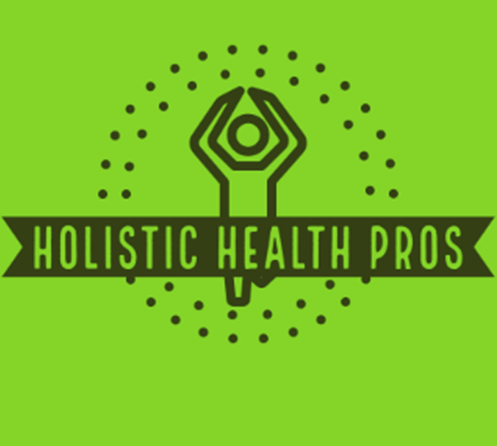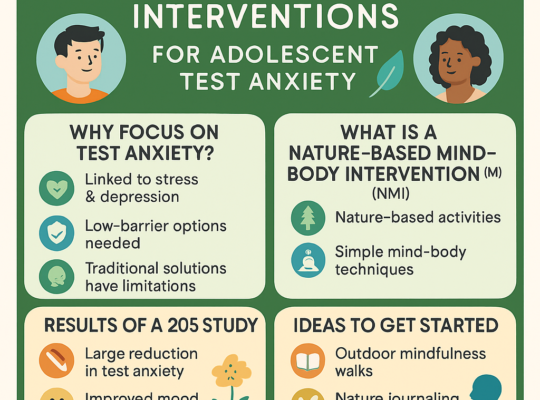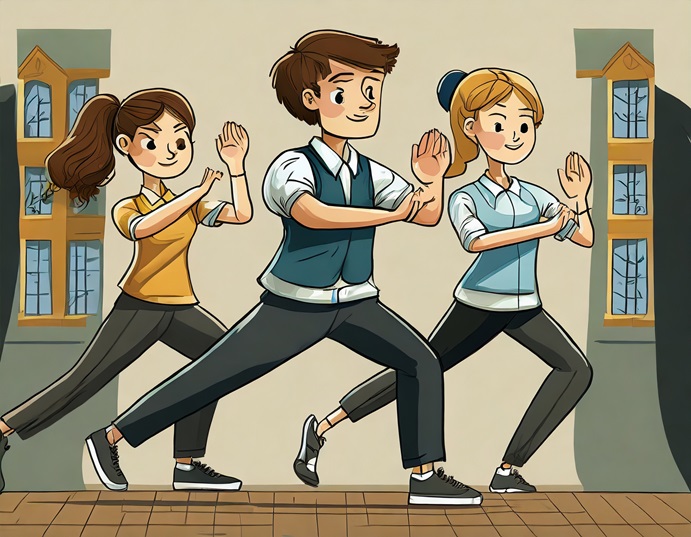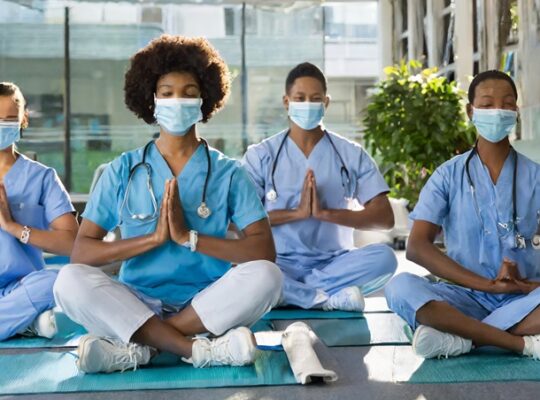Mind-body exercises like yoga, Tai Chi, and mindfulness are powerful tools for promoting mental and physical health. However, the ways these practices benefit younger individuals versus older adults can differ significantly.
Two new studies, “Effects of Mind-Body Therapies on Depression Among Adolescents,” published in July 2024, and “Motivational Barriers and Facilitators for Older Adults’ Engagement in Exercise during Depressive Episodes,” published in August 2024, reveal ten key things to know about the similarities and differences in using mind-body exercises for these two age groups.
1. Mind-Body Exercises Reduce Depression in Both Age Groups
One of the most notable commonalities is the ability of mind-body exercises to reduce depressive symptoms across both adolescents and older adults. Whether it’s yoga, Tai Chi, or meditation, these practices help regulate mood, reduce stress, and promote emotional stability. For young people, these exercises are particularly beneficial in managing the emotional turbulence of adolescence. For older adults, they help combat feelings of loneliness and depression.
2. Yoga is a Popular Choice for Both Age Groups
Yoga is widely recognized as an effective mind-body exercise for both younger and older people. Among adolescents, yoga is highlighted as the most effective therapy for reducing depressive symptoms, due to its balance between physical movement and mental calmness.
For older adults, yoga provides a gentle, low-impact way to improve physical health and mental relaxation, addressing both mobility and emotional well-being, though it trails Qigong which demonstrates the strongest improvement in depressive symptoms among old people.
3. The Role of Flexibility and Physical Capability Differs
For adolescents, mind-body exercises often involve dynamic, strength-building movements that cater to their greater physical flexibility and capability.
In contrast, older adults typically require modified exercises that are low-impact and focus on improving balance, flexibility, and joint mobility. Practices like Tai Chi are ideal for older individuals because they are gentler on the joints and help prevent falls.
4. Mental Benefits: Emotional Regulation vs. Cognitive Preservation
While both age groups benefit from mental health improvements, the focus of these benefits is different.
Adolescents use mind-body exercises primarily to regulate emotions, manage stress, and control anxiety.
For older adults, mind-body exercises serve as a tool to preserve cognitive function, improve mental clarity, and delay the onset of age-related cognitive decline.
5. Adolescents Benefit from Social Engagement, Older Adults from Independence
For young people, the social aspect of group-based mind-body exercises such as yoga and dance therapy is an important motivator. These practices help them build connections and engage with peers in a positive setting.
Older adults, on the other hand, may find motivation in maintaining their independence through these exercises, with practices like Tai Chi fostering a sense of control over their physical health.
6. Barriers to Participation Differ by Age
Adolescents may face barriers related to social pressure, self-consciousness, or lack of interest in physical activity.
In contrast, older adults face more physical and logistical barriers, such as fear of injury, chronic health conditions, and limited access to appropriate facilities or programs.
Understanding these distinct challenges is crucial for encouraging both groups to engage in mind-body exercises.
7. Motivational Differences: Curiosity vs. Necessity
Younger individuals are often motivated to engage in mind-body exercises out of curiosity or a desire for personal development, improved emotional control, or enhanced athleticism.
Older adults are more likely to view these exercises as a necessity for maintaining their health, mobility, and mental function.
8. Both Groups Benefit from Structured Programs
For both adolescents and older adults, structured, consistent programs yield the best results. Regular practice of mind-body exercises is essential for developing the physical and mental benefits associated with these activities. A routine program helps younger individuals improve their focus and emotional stability, while older adults benefit from the gradual improvements in physical strength and cognitive health.
9. Mindfulness is a Core Component for Both Groups
For young people, mindfulness helps them develop emotional resilience and cope with the pressures of school, relationships, and social media. For older adults, mindfulness offers cognitive benefits, including enhanced attention span and improved memory.
10. Physical Health Gains vs. Mental Clarity Priorities
Younger people may prioritize the physical gains of mind-body exercises—improved strength, flexibility, and athletic performance. This may explain why dance therapy ranked second only to yoga as a mind–body therapy for the adolescent population.
In contrast, older adults are more focused on the mental clarity and emotional relief that these practices provide. For them, mind-body exercises are a way to manage pain, reduce stress, and maintain mental sharpness as they age.
Conclusion
Mind-body exercises are valuable for both adolescents and older adults, but they serve different purposes and require different approaches. Younger individuals tend to seek emotional regulation, social interaction, and physical fitness, while older adults focus on maintaining mobility, reducing depression, and preserving cognitive function. Understanding these differences allows for more tailored and effective interventions for both age groups.






